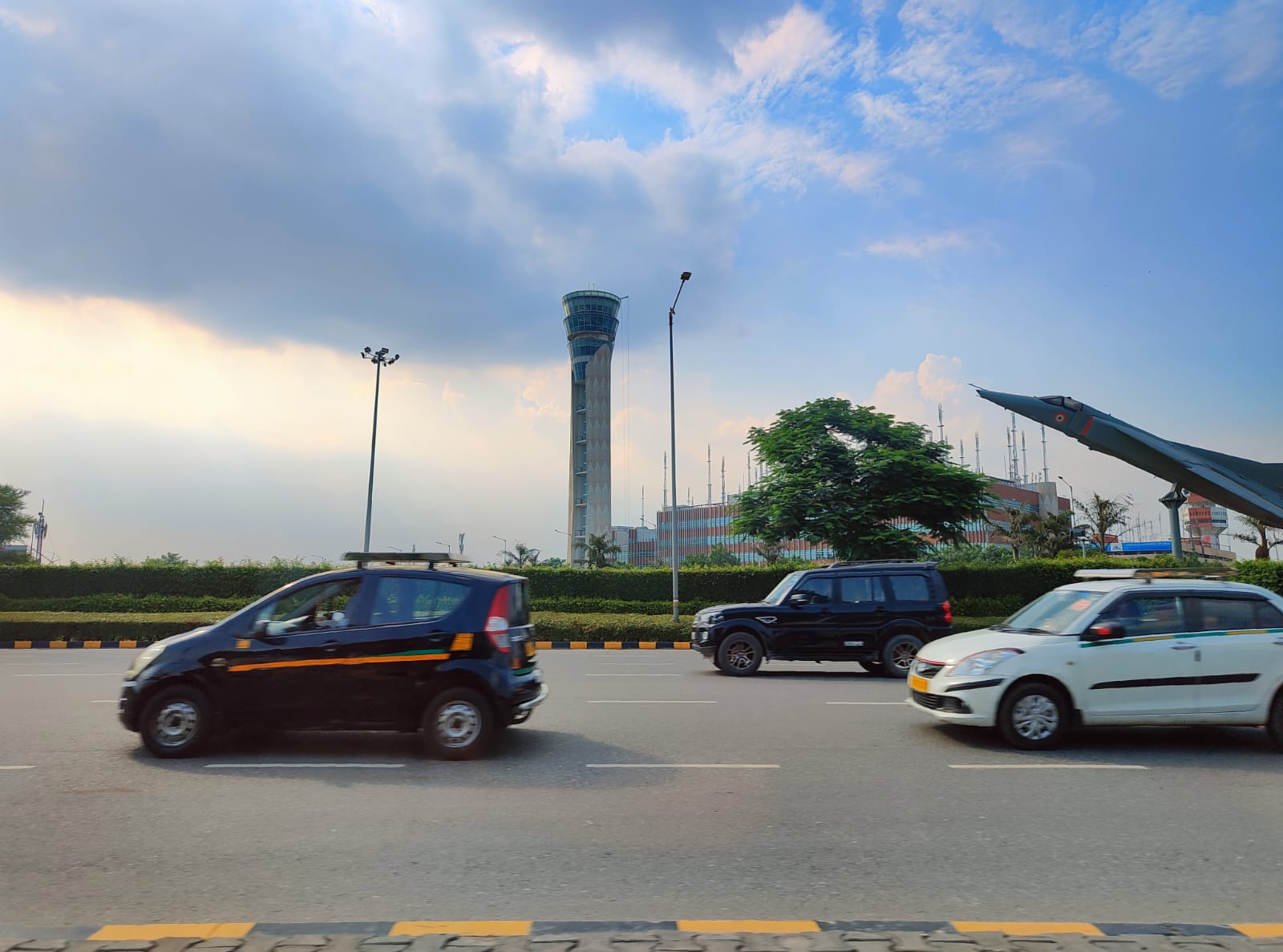
The aviation industry is on the cusp of a technological revolution, with Artificial Intelligence (AI) and automation poised to transform air traffic control (ATC). This article explores the technical advancements and challenges associated with integrating AI and automation into ATC systems.
Air traffic control currently relies on a combination of human expertise and traditional radar systems to manage aircraft movements. Controllers monitor aircraft positions, provide navigation instructions and ensure safe separation between aircraft. This system, while effective, faces limitations in scalability and efficiency, especially with increasing air traffic volumes.
The impetus for this transformation stems from a confluence of factors. Rising air traffic volumes, particularly in congested airspace, strain the capabilities of traditional human-directed ATC. This can lead to delays, inefficiencies and, in extreme cases, safety concerns. Additionally, the integration of unmanned aerial vehicles (UAVs) into the airspace necessitates a more dynamic and data-driven approach to traffic management.
The integration of AI and automation into ATC systems requires a carefully planned approach:
Phased Implementation: A gradual rollout of AI-assisted tools allows for thorough testing and validation in real-world conditions. This approach also facilitates controller adaptation and trust-building in the new technologies.
Human-AI Collaboration: The future of ATC lies in effective human-machine teaming. AI systems should be designed to augment human decision-making rather than replace it entirely. This requires intuitive interfaces and transparent AI reasoning processes.
Data Integration and Standardization: Developing a unified data architecture that integrates information from diverse sources (radar, ADS-B, weather systems, flight plans) is crucial for AI systems to function effectively across national and regional boundaries.
Cybersecurity: As ATC systems become more interconnected and reliant on AI, robust cybersecurity measures must be implemented to protect against potential vulnerabilities and attacks.
Regulatory Framework: Aviation authorities must develop new certification standards and operational procedures for AI-enhanced ATC systems, ensuring they meet or exceed current safety levels.
The introduction of AI and automation will significantly impact the role of air traffic controllers:
Skill Evolution: Controllers will need to develop new competencies in data interpretation, AI system management and complex problem-solving.
Workload Redistribution: Routine tasks will be increasingly automated, allowing controllers to focus on strategic decision-making and handling non-standard situations.
Training and Certification: ATC training programs will need to be overhauled to incorporate AI literacy and human-machine interaction skills.
Workforce Planning: While AI may reduce the need for certain positions, it will also create new roles in system management, data analysis and AI oversight.
The future of ATC is one of human-AI collaboration. AI and automation will not replace human controllers; rather, they will act as empowering tools, augmenting human expertise and judgment. This collaborative approach holds the key to a future where air travel is safer, more efficient and more environmentally responsible. As we navigate the skies of tomorrow, AI and automation will serve as the tailwinds propelling us towards a new era of air traffic management.
If you need any services, drop us a mail at Rohitkumar.Singh@gmrgroup.in or get in touch with us at +919717199753.